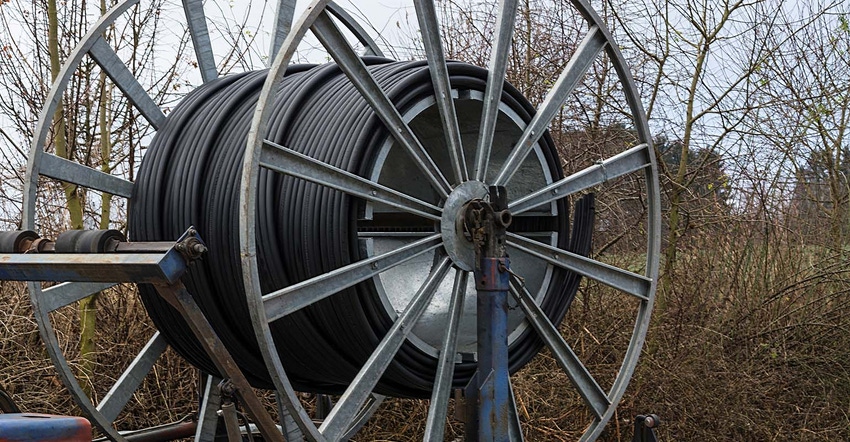October 8, 2019

USDA is investing $152 million in 19 projects to provide or improve rural broadband service in 14 states.
USDA is investing in projects in rural communities in Illinois, Indiana, Kentucky, Minnesota, Missouri, North Carolina, North Dakota, Oklahoma, Pennsylvania, Tennessee, Texas, Virginia, West Virginia and Wisconsin.
“Deploying high-speed broadband internet connectivity, or ‘e-Connectivity,’ in rural America expands access to essential health, educational, social and business opportunities,” said USDA Deputy Under Secretary for Rural Development Donald “DJ” LaVoy.
Below are examples of the projects that will receive USDA funding.
Logan Telephone Cooperative Inc. will use a $34.4 million Telecommunications Program loan to upgrade a Fiber-to-the-Home system in Butler, Logan and Muhlenberg counties in southwestern Kentucky. The system will enable families, educators and businesses to access higher-speed broadband internet. More than 5,300 residential and business customers will benefit.
In Morton County, N.D., USDA is partnering with BEK Communications Cooperative by providing an $844,000 Community Connect Program grant to help spark economic and educational opportunities, enhance health care and bolster public safety. BEK will deploy a 49-mile Fiber-to-the Home network. This project will bring high-speed broadband to 125 underserved households.
In southwest Virginia, iGo Technology Inc. will use a $3 million Community Connect grant to bring enhanced broadband opportunities to 820 homes and businesses. Part of the grant will be used to provide free broadband services at The Bee Community Center, in the town of Bee in Dickenson County, for two years.
USDA is making the investments through the Community Connect Grant Program, the Telecommunications Infrastructure Loan Program and the Rural Broadband Access Loan and Loan Guarantee Program.
Source: USDA, which is solely responsible for the information provided and is wholly owned by the source. Informa Business Media and all its subsidiaries are not responsible for any of the content contained in this information asset.
You May Also Like




